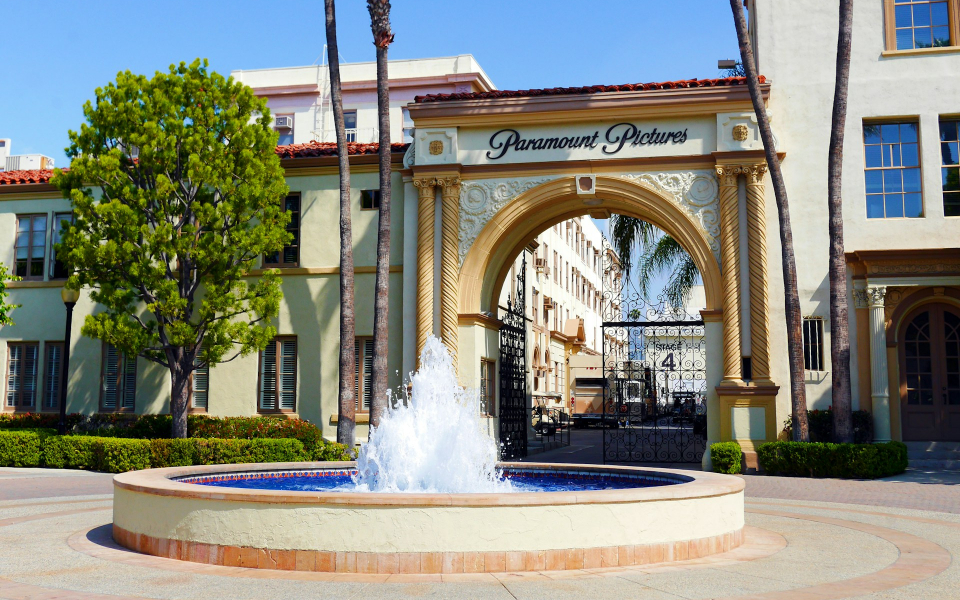Among advertisers, third-party cookies are out, and first-party data is in.
Along those lines, Disney
Ad-buyers can now leverage Disney's trove of first-party data while using The Trade Desk's algorithms to automatically target more than 2,000 different audience segments across the vast landscape of Disney's diverse platforms, both linear and streaming.
Through its Audience Graph, Disney has data on 190 million devices, 160 million connected TVs, and 100 million households. Under the deal, Disney and The Trade Desk will work together under the Unified ID 2.0 open source framework while maintaining privacy using Disney's "clean room" technology.
Such methods have become increasingly necessary as directly targeting ads, mainly through third-party cookies, has fallen by the wayside as brands look to adjust their approach in an increasingly privacy-focused world.
"We have spent years investing in our data and technology strategy to create innovative solutions for advertisers to engage their audiences with greater precision and accuracy in a privacy-focused way," said Rita Ferro, president of advertising sales for Disney Media & Entertainment Distribution, in a statement.
The Trade Desk and Disney had been in talks for a year, according to Lisa Valentino, executive VP of client solutions and addressable enablement at Disney Advertising. But the ink finally dried at the Cannes Lions festival last month.
"There are lots of ways to connect datasets in this market, but what took us a year and the time was really building the bridge through our clean-room solution to ensure that this was built with the utmost privacy protection," Valentino told Adweek.
Valentino noted an acceleration toward privacy-centric strategies since Disney first touted its clean room approach in February.
"I think you're seeing virtually every category participate," said Valentino, "And I think it's because, in a world where privacy and data compliance is at the forefront, this allows for these types of relationships to exist."
In the meantime, the deal with Trade Desk will help Disney reach its goal to automate 50% of its ad business by 2026, according to Jeremy Hefland, Senior VP and head of advertising platforms for Disney media and entertainment distribution. Although, the media conglomerate said it had already automated 40% of that business at an upfront last year.
Simultaneously, Disney has a significant leg up in the ad-tech space given its ownership of Hulu, the streaming juggernaut with 14 years of experience delivering ads to video streams. In contrast, Netflix
Despite its head start, Disney is not slowing down, investing nearly nine figures this year into ad tech while acquiring Horizon Media in March.
However, what The Trade Desk deal will mean for Disney+ forthcoming ad-supported subscription remains unclear. The company has been mute regarding the new service's specifics beyond promising a light ad-load and restrictions around kid-centric programming.
However, "The interoperability and ability to deliver first-party audience targeting programmatically as part of the unified advertising platform [achieved through the deal] we expect that those capabilities will be universal across all of our addressable endpoints," Helfand told Adweek.
In other words, the deal has implications for all of Disney's platforms.


















